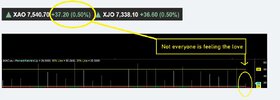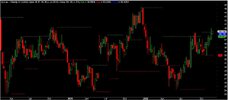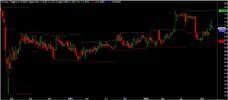- Joined
- 28 December 2013
- Posts
- 6,392
- Reactions
- 24,319
Drawdowns will take you out of the game quick smart
At times you read a post that ends up being a lightbulb moment like the one @Nick Radge posted below. The level of drawdown that you believe you can handle will be tested in ways that you would not have thought possible. Faulty thinking is when you believe "profits" are more important than a 20, 30, or even a 40% drawdown.
Each line is pure gold
I've found over time no matter what you say, "people will do what they want to do".
Skate.
At times you read a post that ends up being a lightbulb moment like the one @Nick Radge posted below. The level of drawdown that you believe you can handle will be tested in ways that you would not have thought possible. Faulty thinking is when you believe "profits" are more important than a 20, 30, or even a 40% drawdown.
Each line is pure gold
I've found over time no matter what you say, "people will do what they want to do".
So in summary, what is usually seen on the surface will in reality be a lot worse, which is why I tell people to think of a maxDD they think they can handle, then halve their risk.
That said most people can't handle what they think they can anyway, so its best to halve it from the outset.
Remember the idea of successful trading is to never get taken out of the game, monetary wise or psychologically.
Skate.





